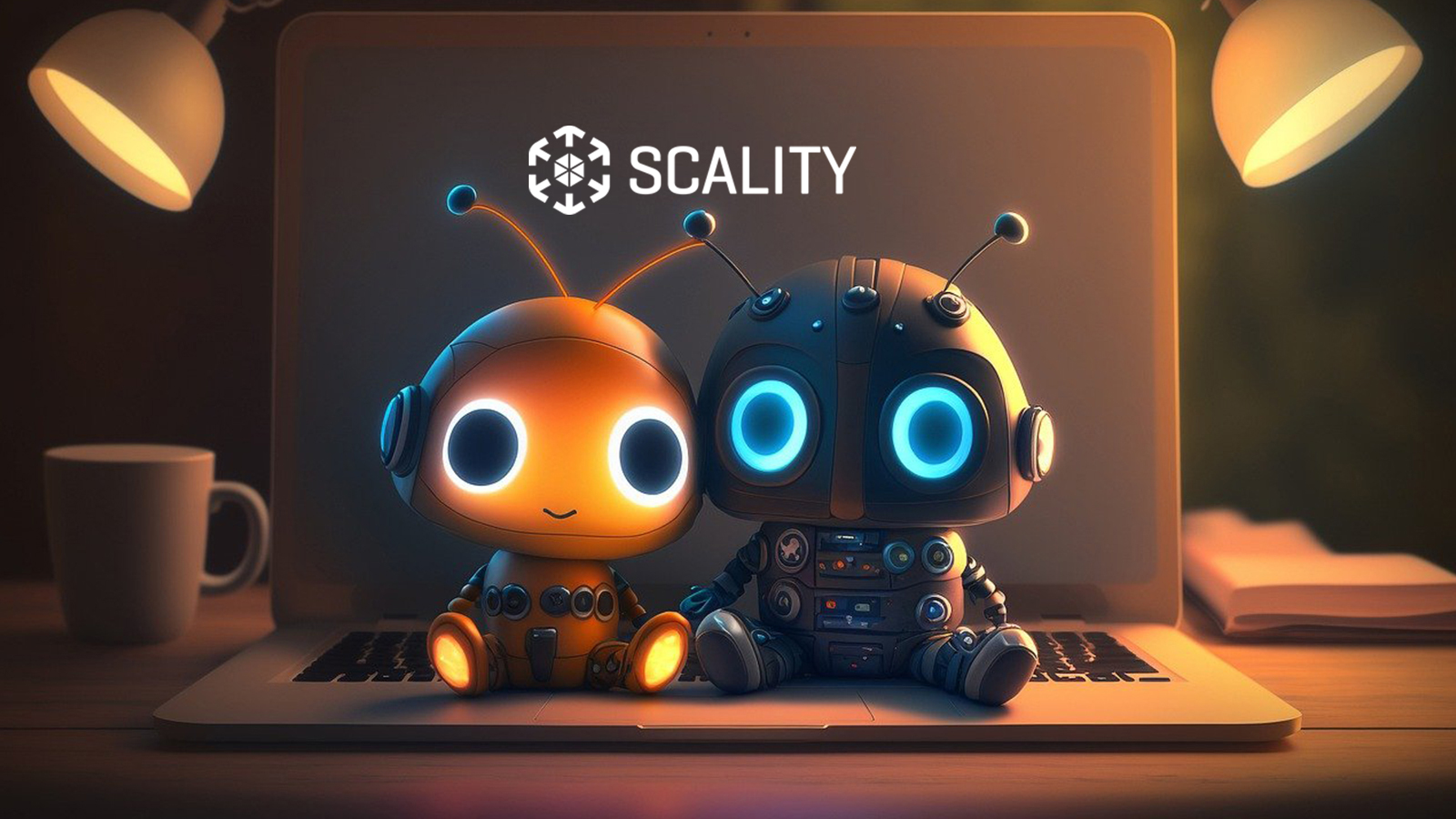AI, Hybrid Cloud, Ransomware Detection, and the Enduring Role of Hard Disk Drives in Data Storage Evolution
Scality, a global leader in reliable, secure, and sustainable data storage software, shared its annual data storage predictions for 2024. With the use of generative AI skyrocketing and cyberattacks continuing to infect organizations, ongoing demands to decrease IT complexity with secure, efficient solutions will dominate IT budgets into the new year. In addition, perennial data storage management challenges — growing data volumes, tight budgets, skills shortages, complicated IT installations, and increasing cyber threats — will persist.
While these are standard assumptions, this year, Scality focused its predictions on the ongoing conversations led by customers and thought leaders in the data storage industry.
Giorgio Regni, CTO at Scality, said, “We’ve had some interesting industry debates with thought leaders this past year, including the potential death of the hard disk drive (HDD), the role on-premises data storage can play to help advance data management and AI, and, finally, what it really takes to protect data from ransomware. This year’s predictions play off all of these themes.”
Recommended AI News: Riding on the Generative AI Hype, CDP Needs a New Definition in 2024
 HDDs will live on, despite predictions of a premature death
HDDs will live on, despite predictions of a premature death
Some all-flash vendors prognosticate the end of spinning disk (HDD) media in the coming years. While flash media and solid state drives (SSDs) have clear benefits when it comes to latency, are making major strides in density, and the cost per GB is declining, we see HDDs holding a 3-5x density/cost advantage over high-density SSDs through 2028.
Therefore, the current call for HDD end-of-life is akin to the tape-is-dead arguments from 20 years ago. In a similar way, HDDs will likely survive for the foreseeable future as they continue to provide workload-specific value.
End users will discover the value of unstructured data for AI
The meteoric rise of large language models (LLMs) over the past year highlights the incredible potential they hold for organizations of all sizes and industries. They primarily leverage structured, or text-based, training data. In the coming year, businesses will discover the value of their vast troves…



